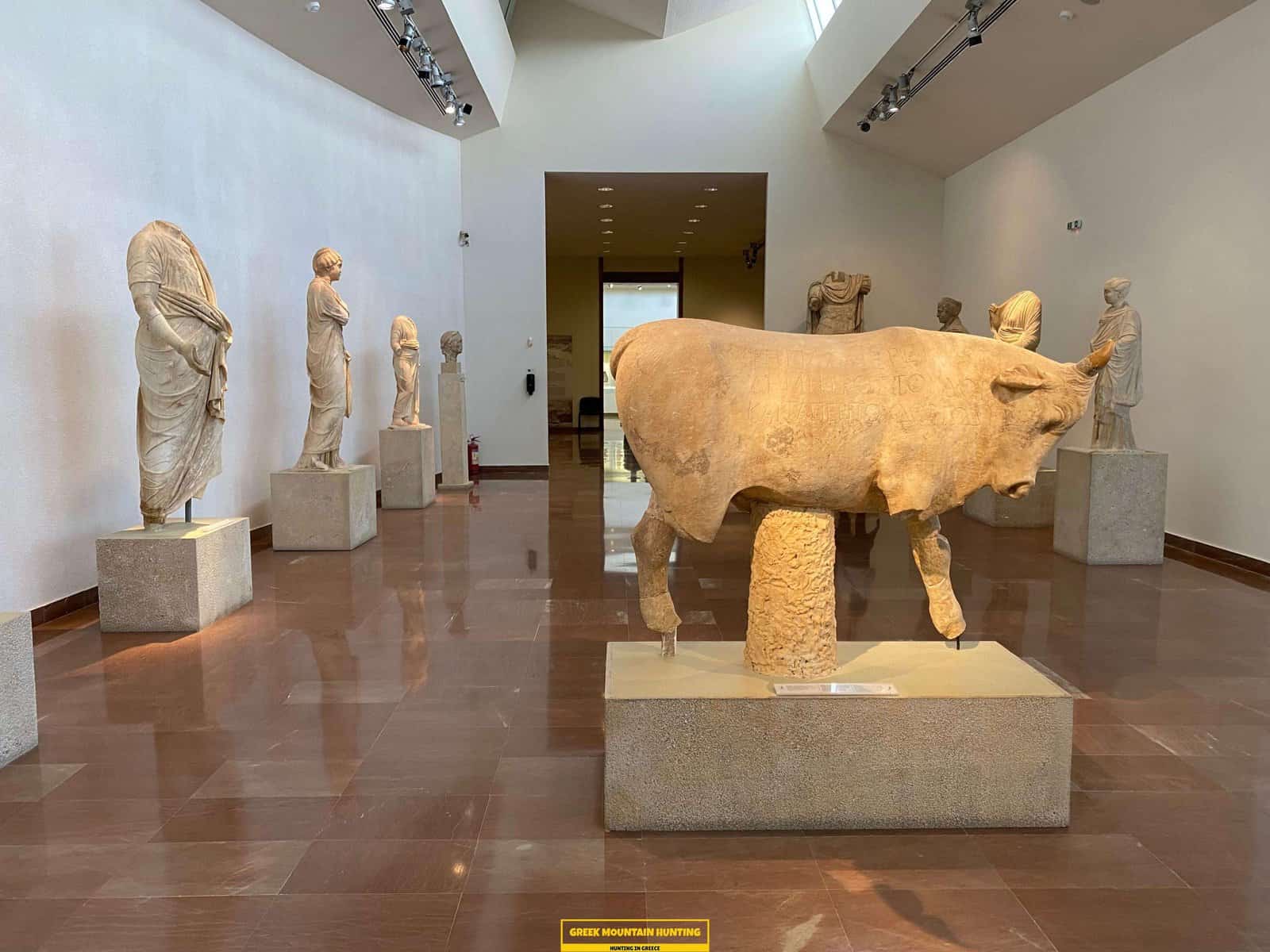chasing desirable Kri-Kri Ibex in Greece!
chasing desirable Kri-Kri Ibex in Greece!
Blog Article

To many individuals, The Peloponnese peninsula on the Greek Mainland is the 'genuine' Greece, where points have not altered a lot whatsoever over the centuries although that many people have actually discovered it. This is an area where you can quickly invest a month, but if you are short promptly then our exterior searching, Fishing, cost-free diving as well as touring Peloponnese Tours from Methoni is a fantastic solution.

This Ibex is NOT a diminutive type of the Bezoar Ibex, which has moved into the western-most reach of the variety of this types. The kri-kri (Capra aegagrus cretica), likewise called the Cretan goat, Agrimi, or Cretan Ibex, is an aboriginal goat varieties inhabiting the eastern Mediterranean, which was as soon as thought to be a subspecies of wild goat. This kri-kri is a feral goat with a light brown coat with a dark collar. They have 2 sweeping horns on their heads. Throughout the day, they relax and also prevent visitors, avoiding travelers. The kri-kri can jump a long way or scale relatively vertical high cliffs.
What to Expect on a Peloponnese Tour? When you book one of our hunting and touring Peloponnese Tours from Methoni, you can expect to be blown away by the natural elegance of the area. From the excellent beaches to the forests and hills, there is something for every person to appreciate in the Peloponnese. On top of that, you will certainly have the chance to taste some of the most effective food that Greece has to provide. Greek cuisine is renowned for being tasty and fresh, and also you will most definitely not be dissatisfied. One of the most effective parts about our scenic tours is that they are designed to be both enjoyable as well as educational. You will certainly discover Greek background as well as society while likewise reaching experience it firsthand. This is an impressive chance to submerse yourself in everything that Greece has to supply.
Look no even more than the Sapientza island in Greece if you are looking for Kri Kri ibex search and unforgettable trip location. With its spectacular natural elegance, scrumptious food, and abundant culture, you will not be let down. Schedule among our searching and touring Peloponnese Tours from Methoni today, dot neglect your trophy Kri Kri ibex!
What is the diference between Kri Kri ibex, Bezoar ibex and hybrid ibex
The kri-kri is not thought to be indigenous to Crete, most likely having been imported to the island during the time of the Minoan civilization. Nevertheless, it is found nowhere else and is therefore endemic to Crete. It was common throughout the Aegean but the peaks of the 8,000 ft (2,400 m) White Mountains of Western Crete are their last strongholds–particularly a series of almost vertical 3,000 ft (900 m) cliffs called ‘the Untrodden’—at the head of the Samaria Gorge. This mountain range, which hosts another 14 endemic animal species, is protected as a UNESCO Biosphere Reserve. In total, their range extends to the White Mountains, the Samaria National Forest and the islets of Dia, Thodorou, and Agii Pandes.
This Ibex is NOT a diminutive form of the Bezoar Ibex, which has migrated into the western-most reach of the range of this species. The kri – kri (Capra aegagrus cretica), sometimes called the Cretan goat, Agrimi, or Cretan Ibex, is a feral goat inhabiting the Eastern Mediterranean, previously considered a subspecies of wild goat. The kri-kri has a light brownish coat with a darker band around its neck. It has two horns that sweep back from the head. In the wild they are shy and avoid tourists, resting during the day. The animal can leap some distance or climb seemingly sheer cliffs.
“The agrimi goat Capra aegagrus cretica is unique to Crete and its offshore islands. It has been identi®ed as a sub-species of the wild bezoar goat Capra aegagrus aegagrus Erxleben, 1777, which it closely resembles in horn shape, body form and coloration. This classi®cation has been disputed by some researchers who claim that the agrimi are feral goats, derived from early domestic stock brought to the island by the ®rst Neolithic settlers. In order to clarify this issue, DNA analyses (cytochrome b and D loop sequences) were carried out on tissue of live and skeletonized agrimi and compared to sequences of wild and domestic caprines. Results conclusively show the agrimi to be a feral animal, that clades with domestic goats (Capra hircus) rather than with wild Asiatic bezoar. This study demonstrates that morphometric criteria do not necessarily re¯ect genetic af®nities, and that the taxonomic classi®cation of agrimi should be revised.”
Report this page